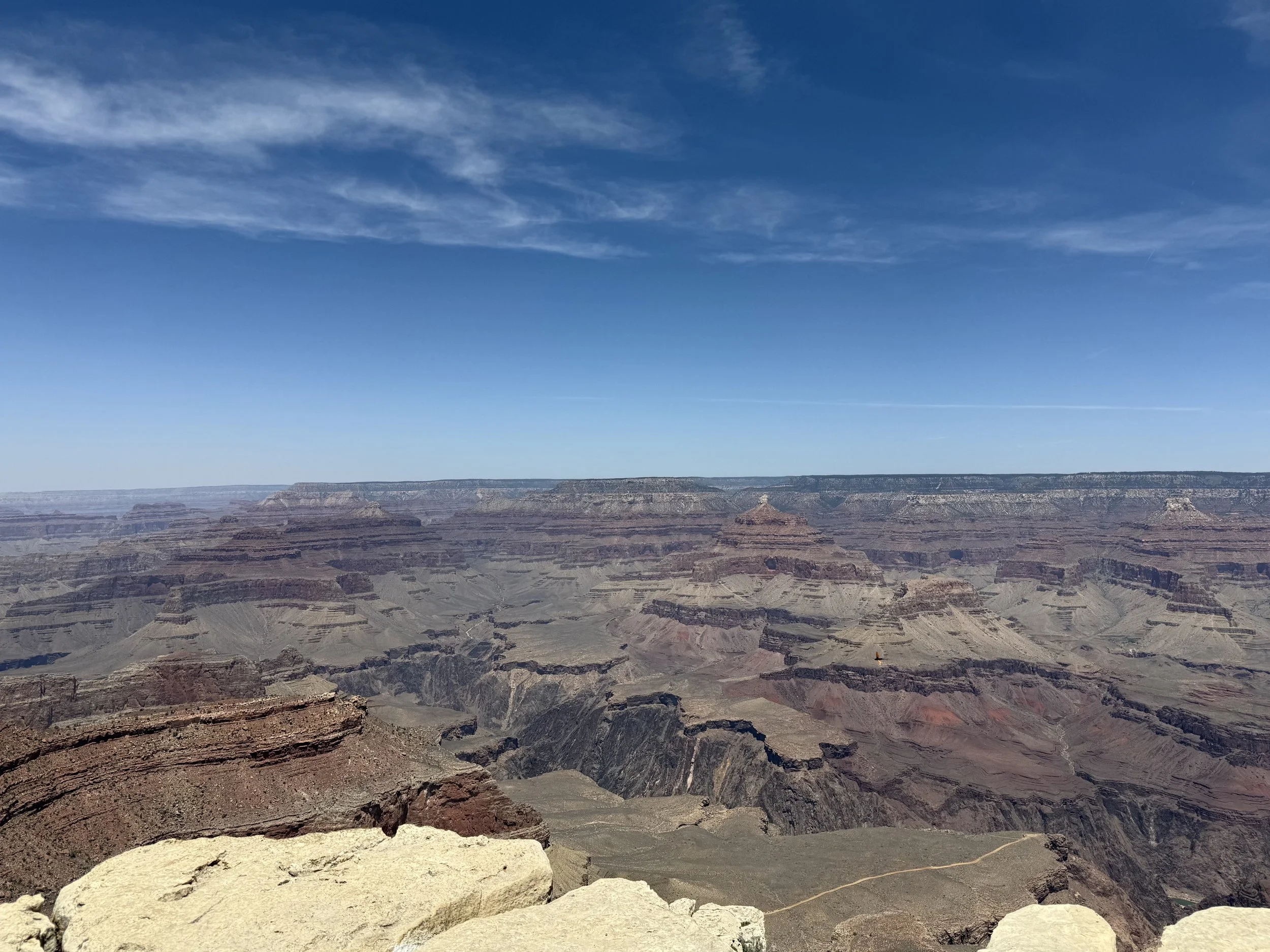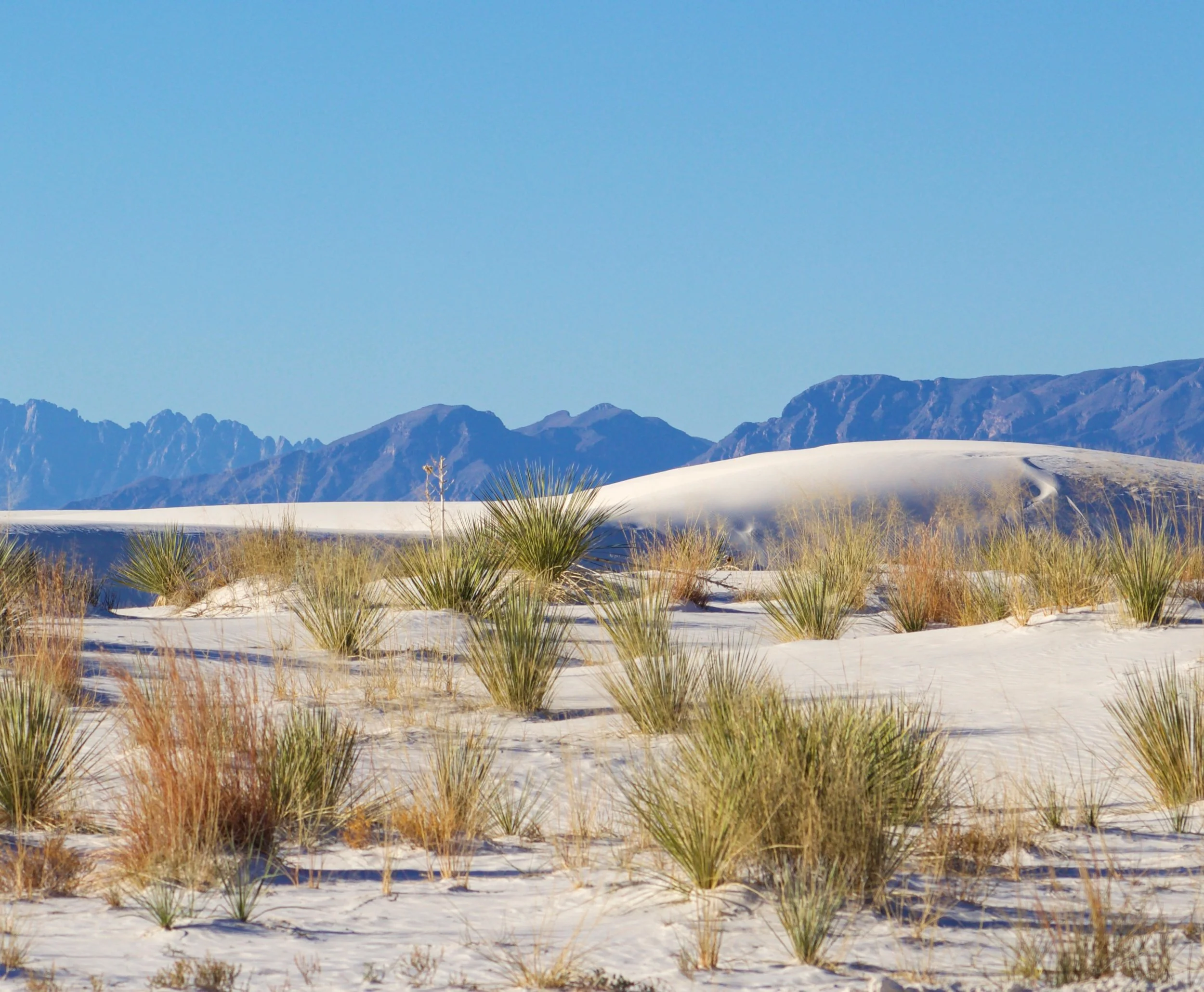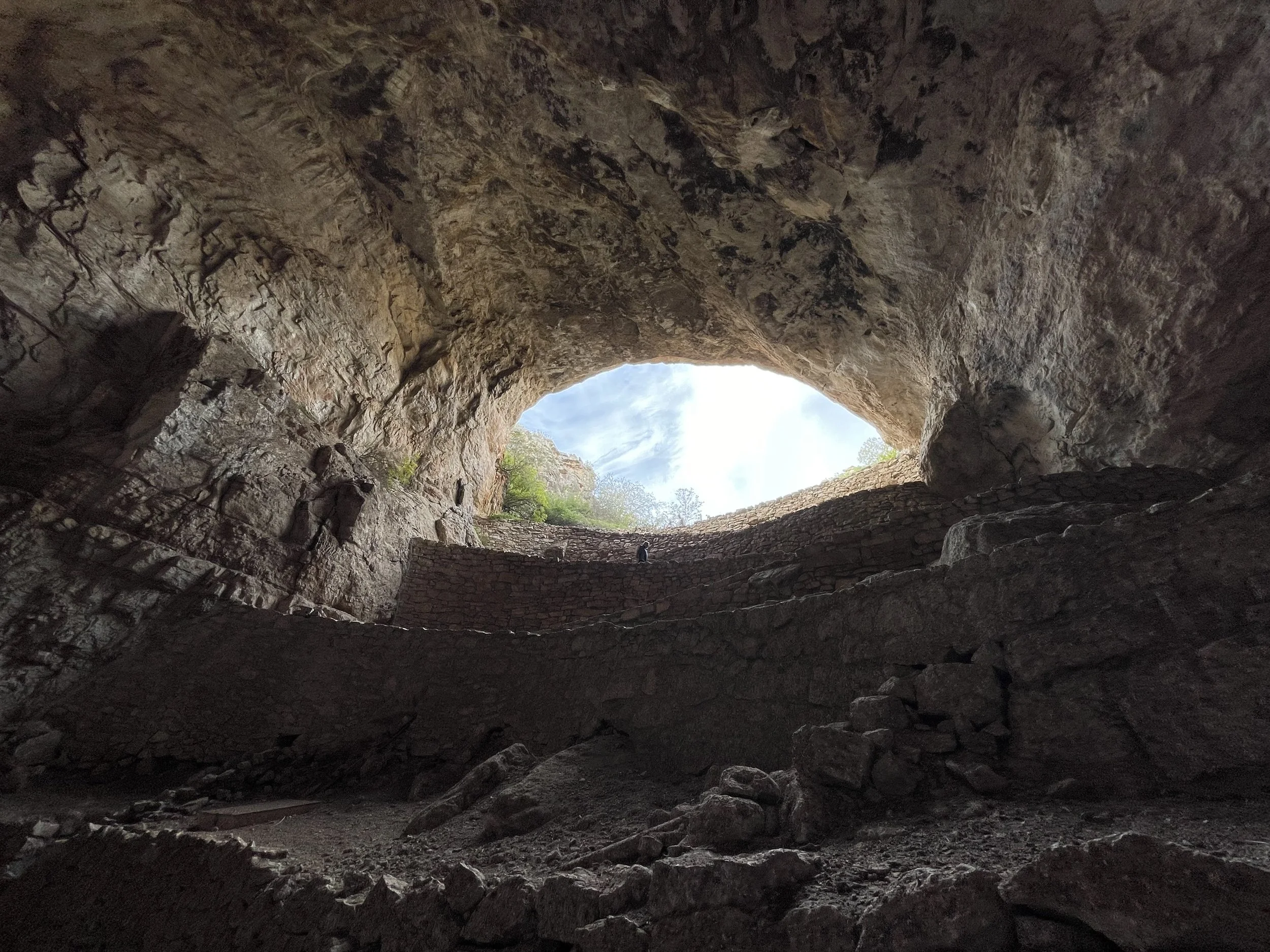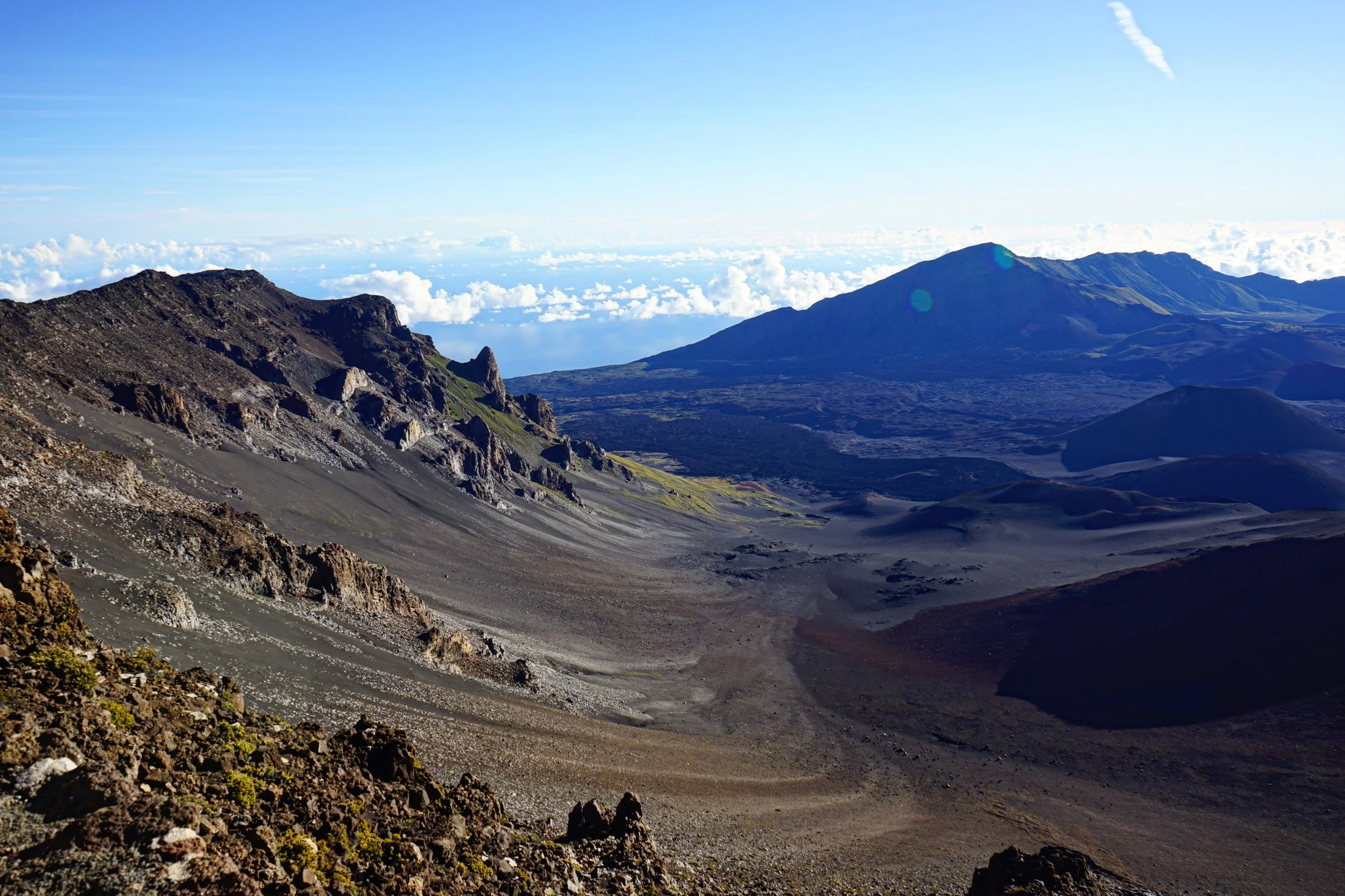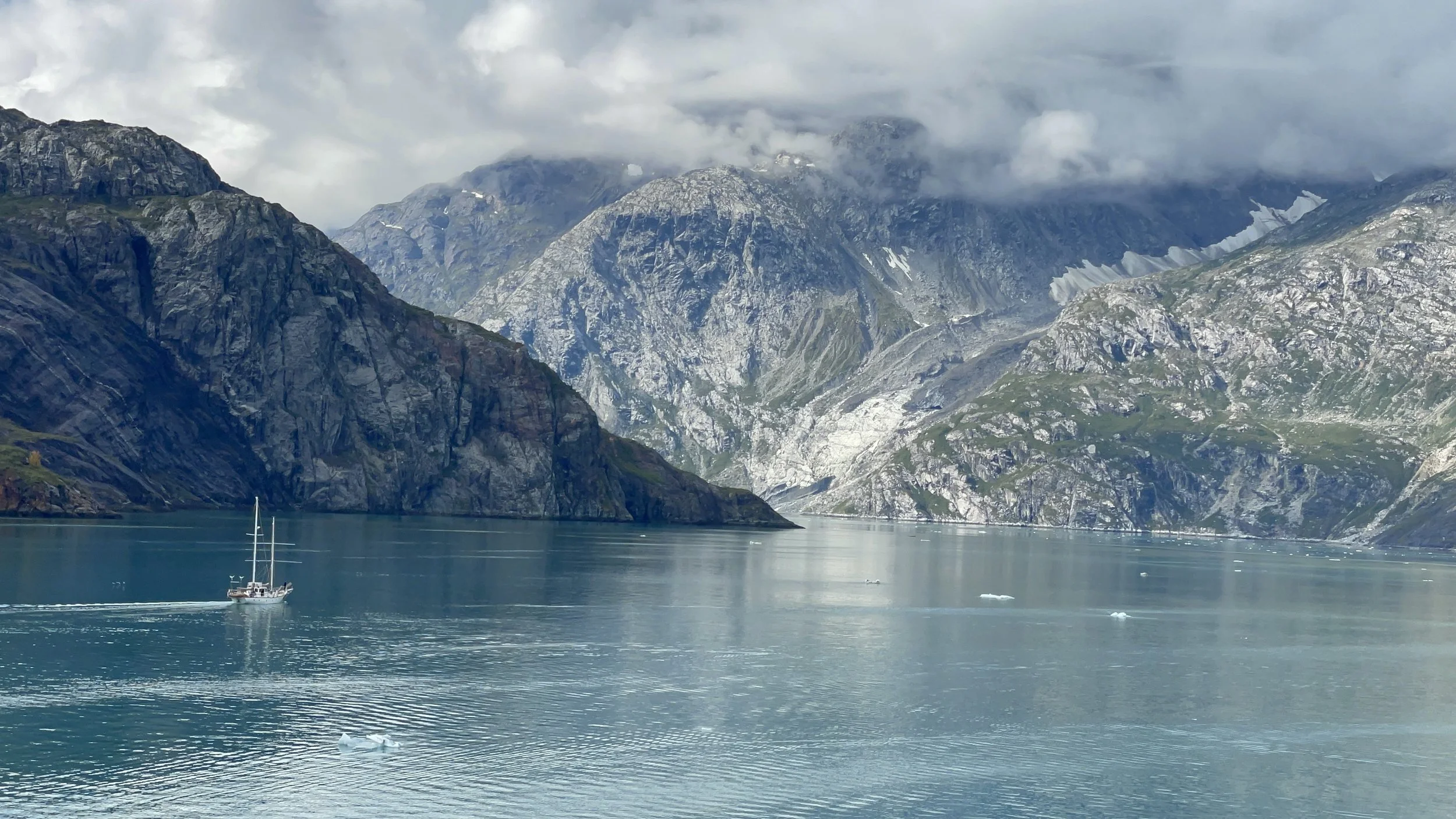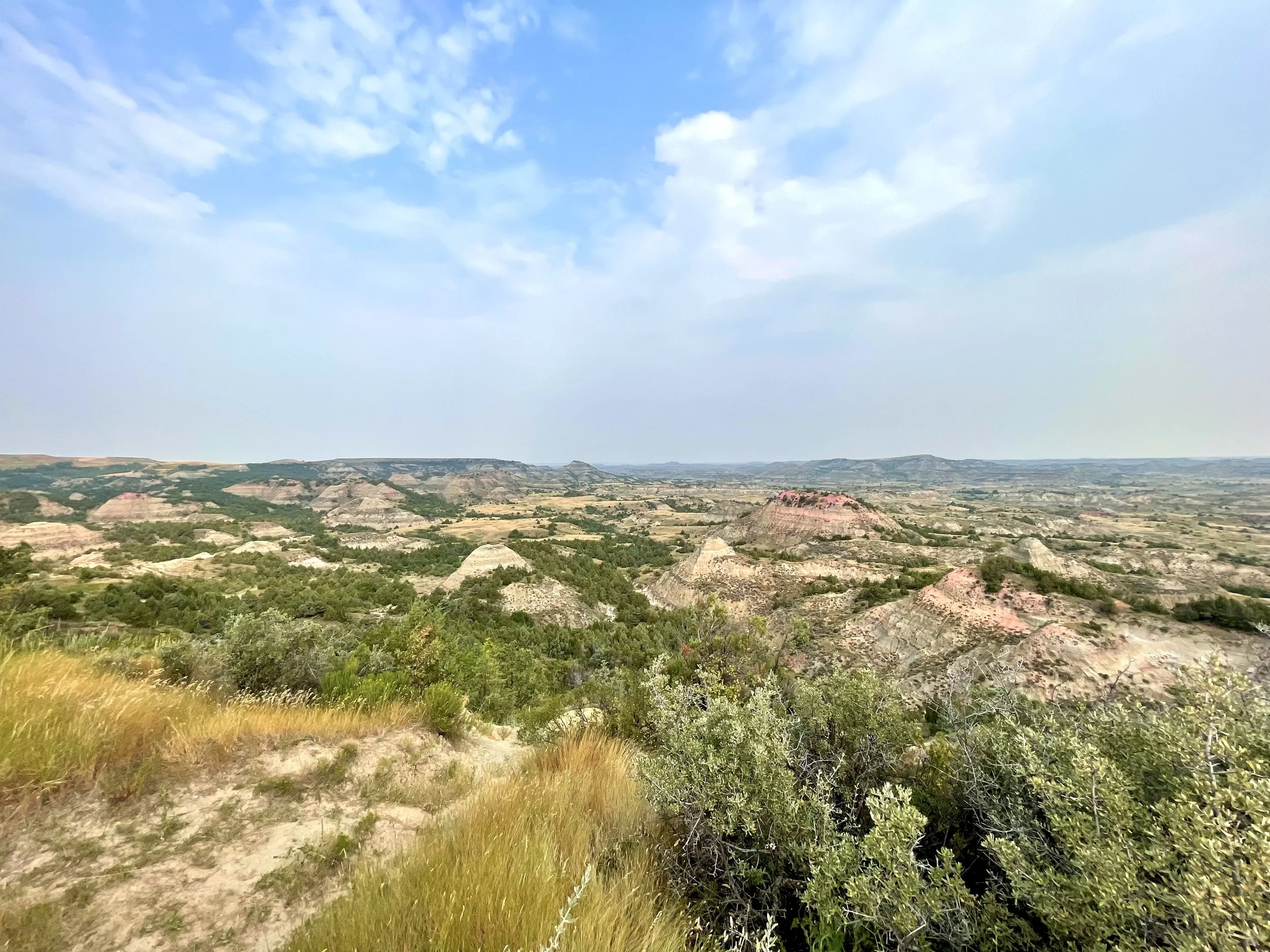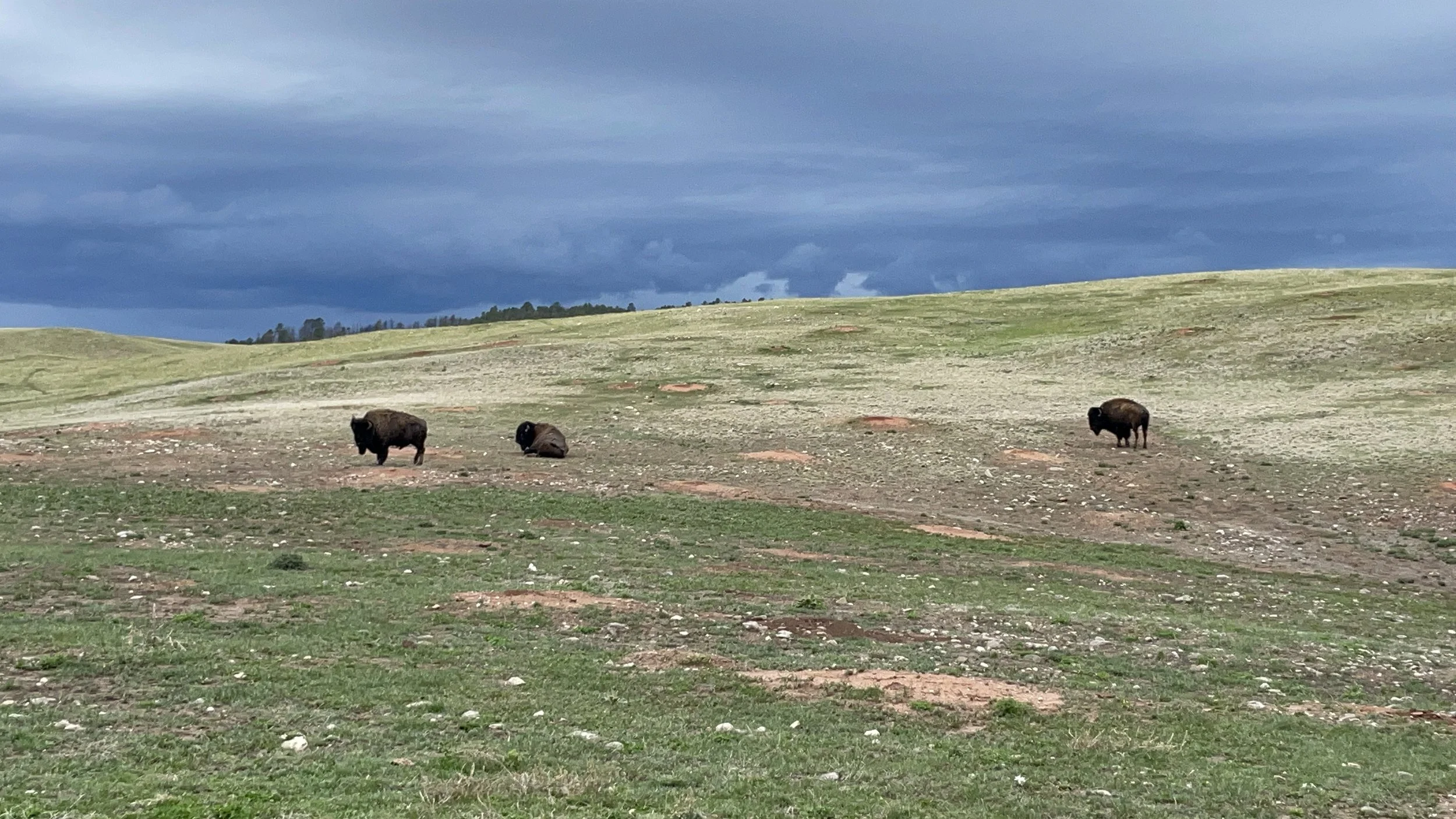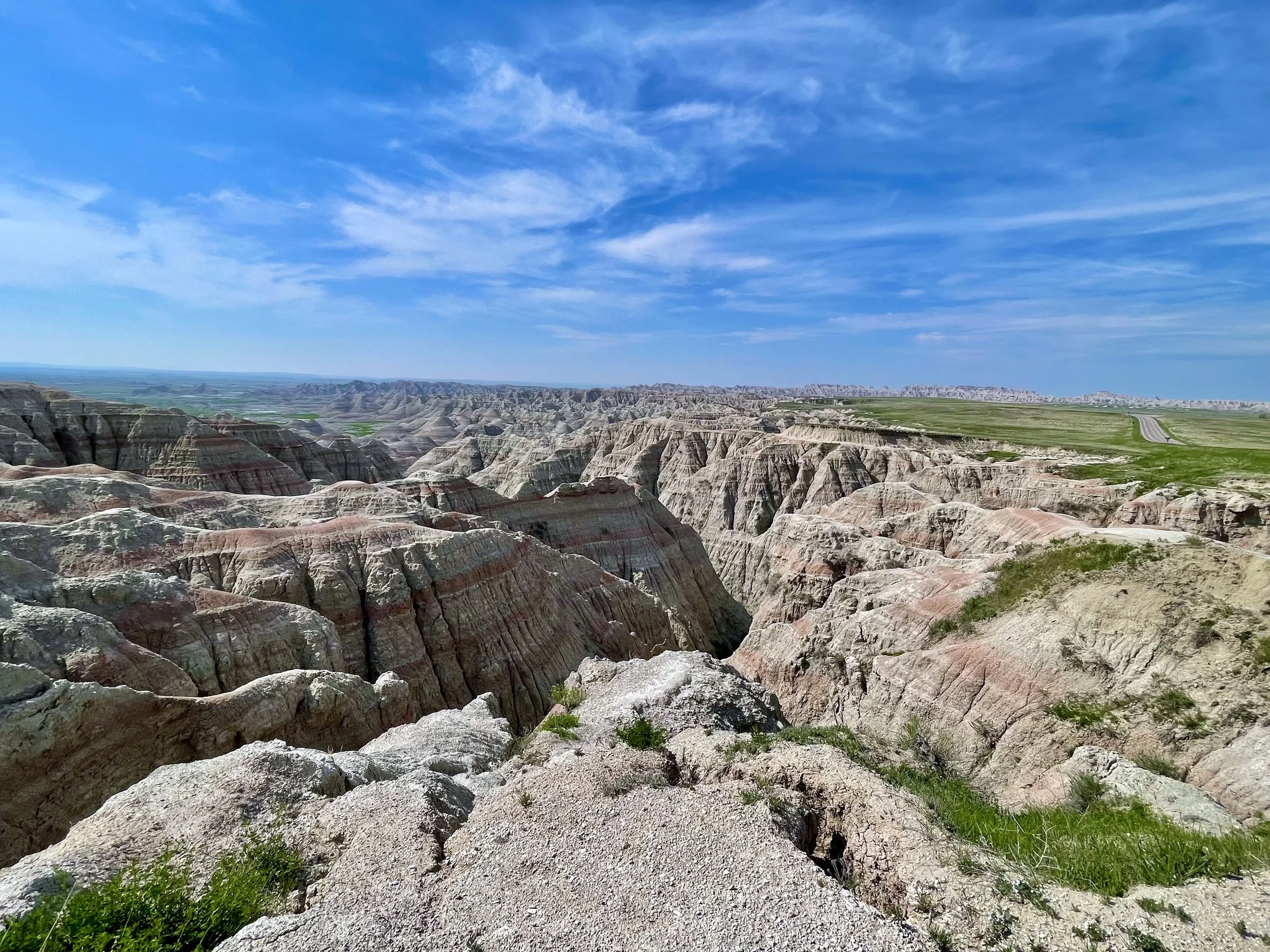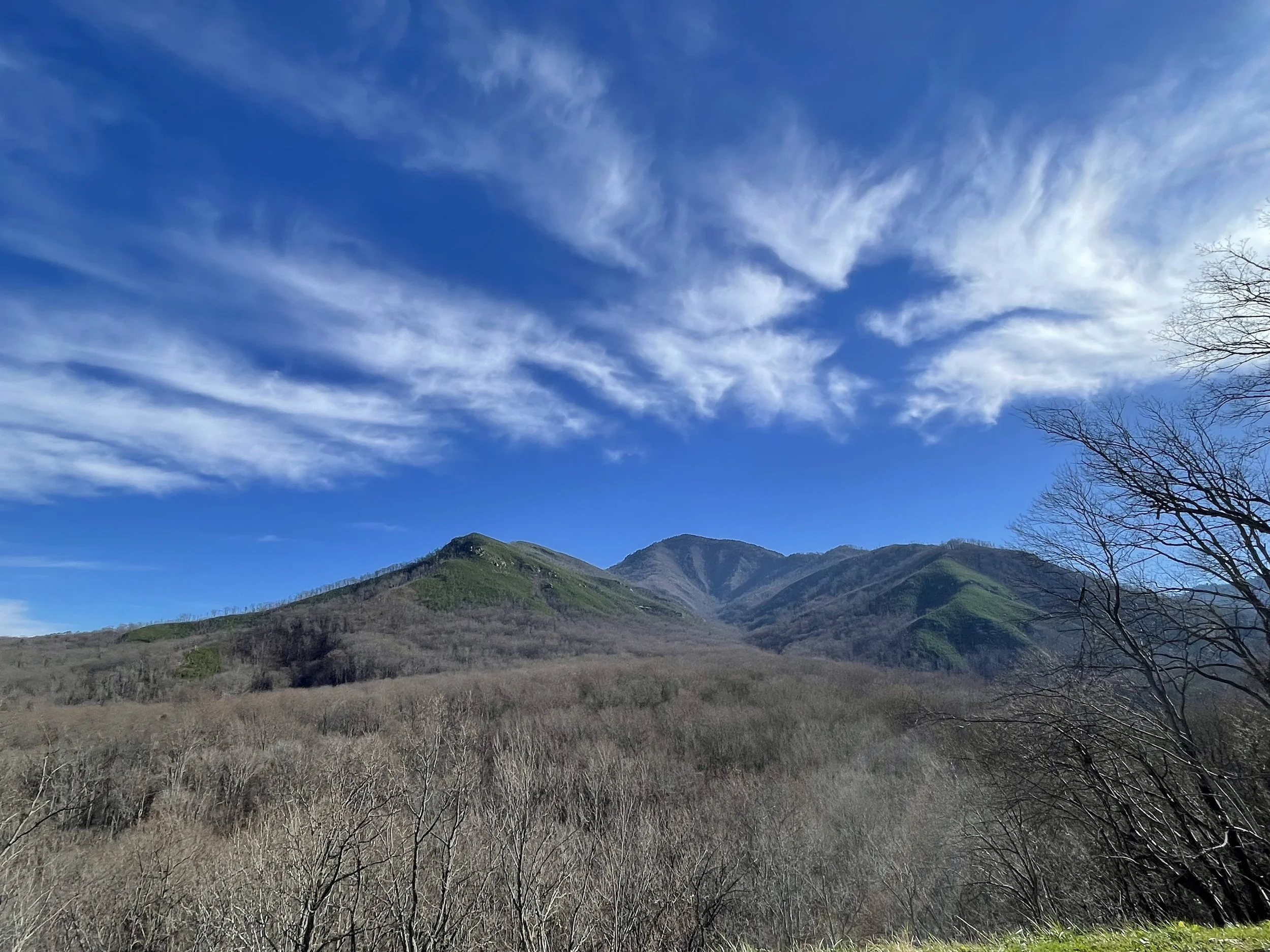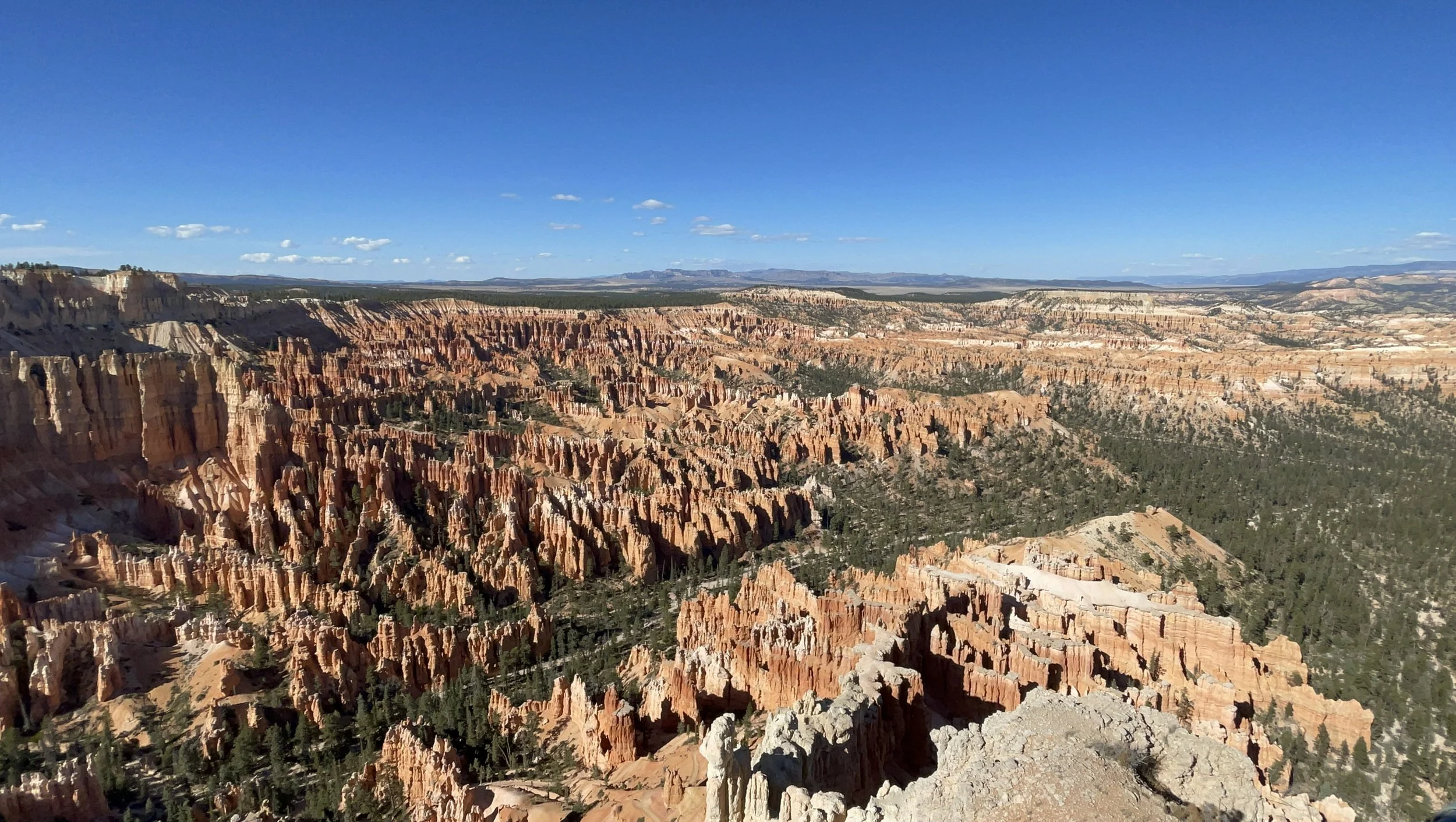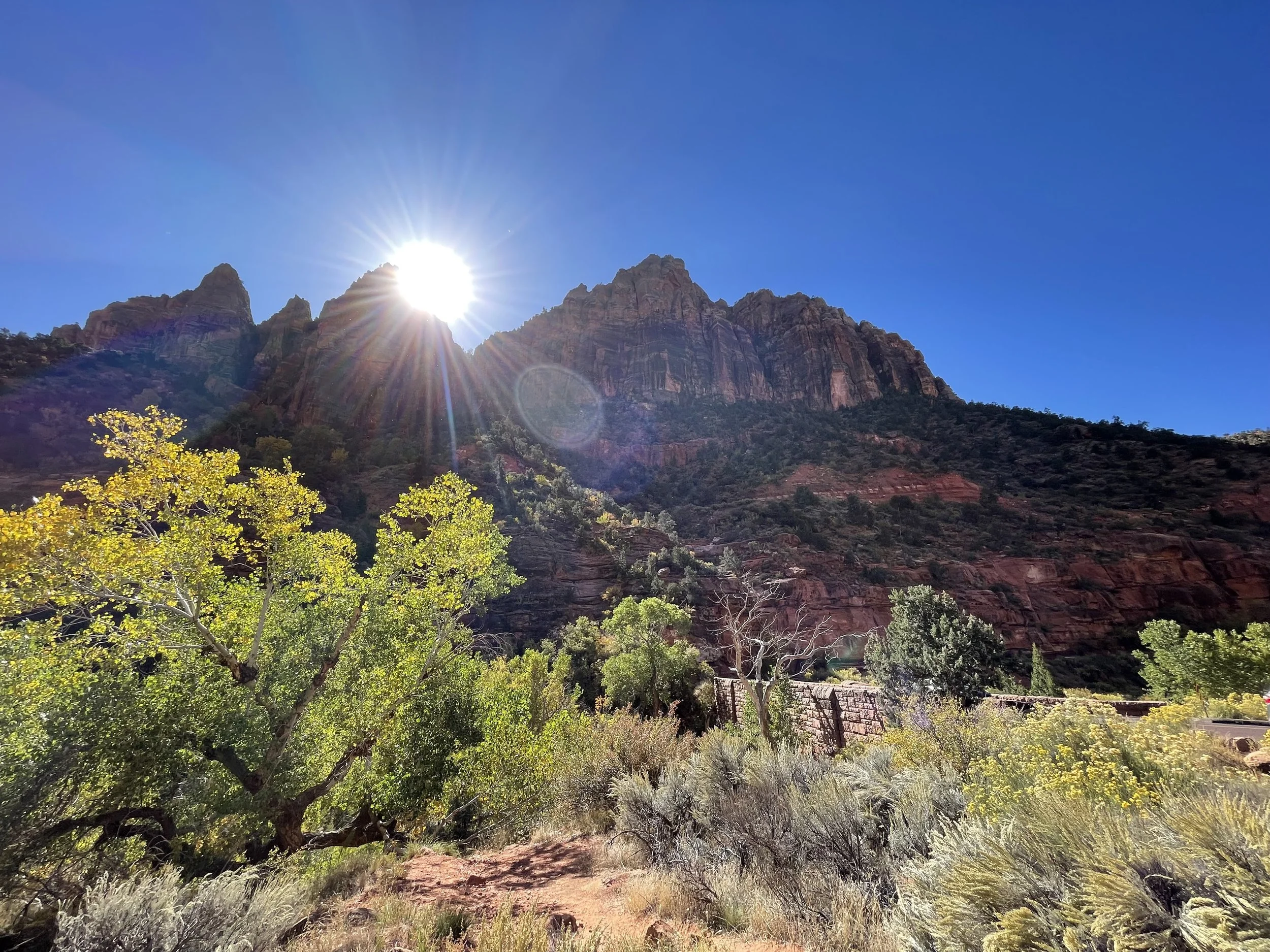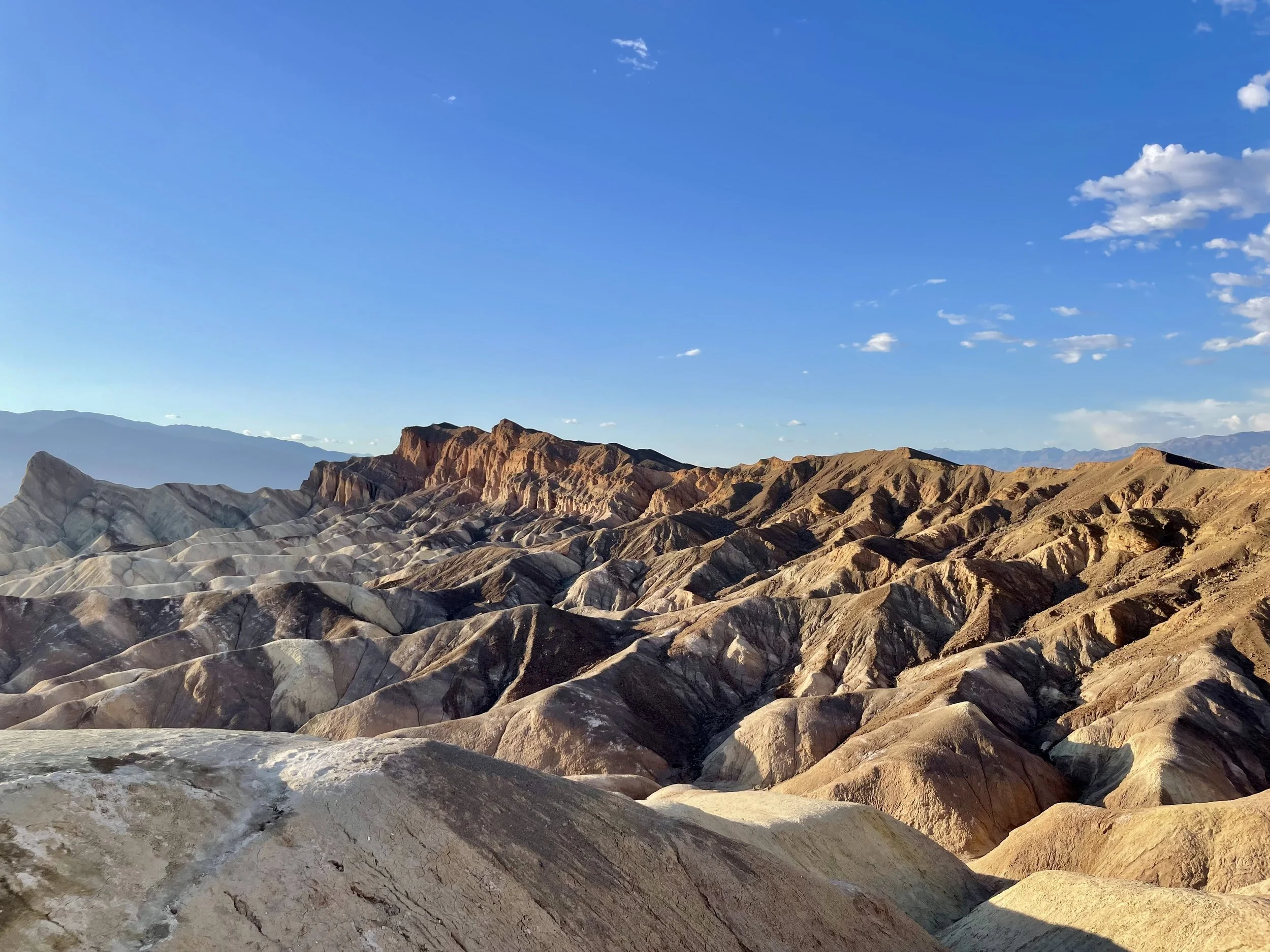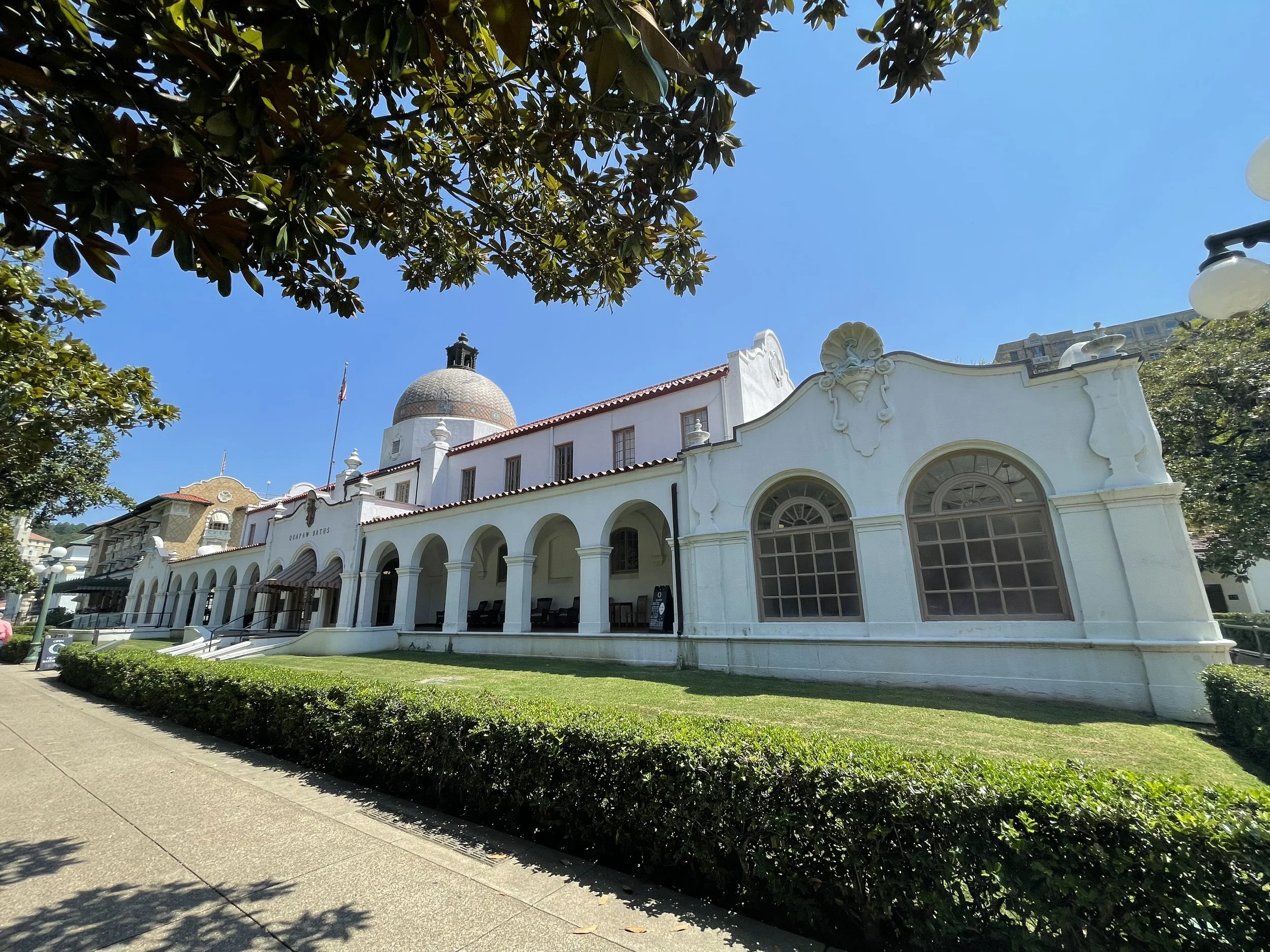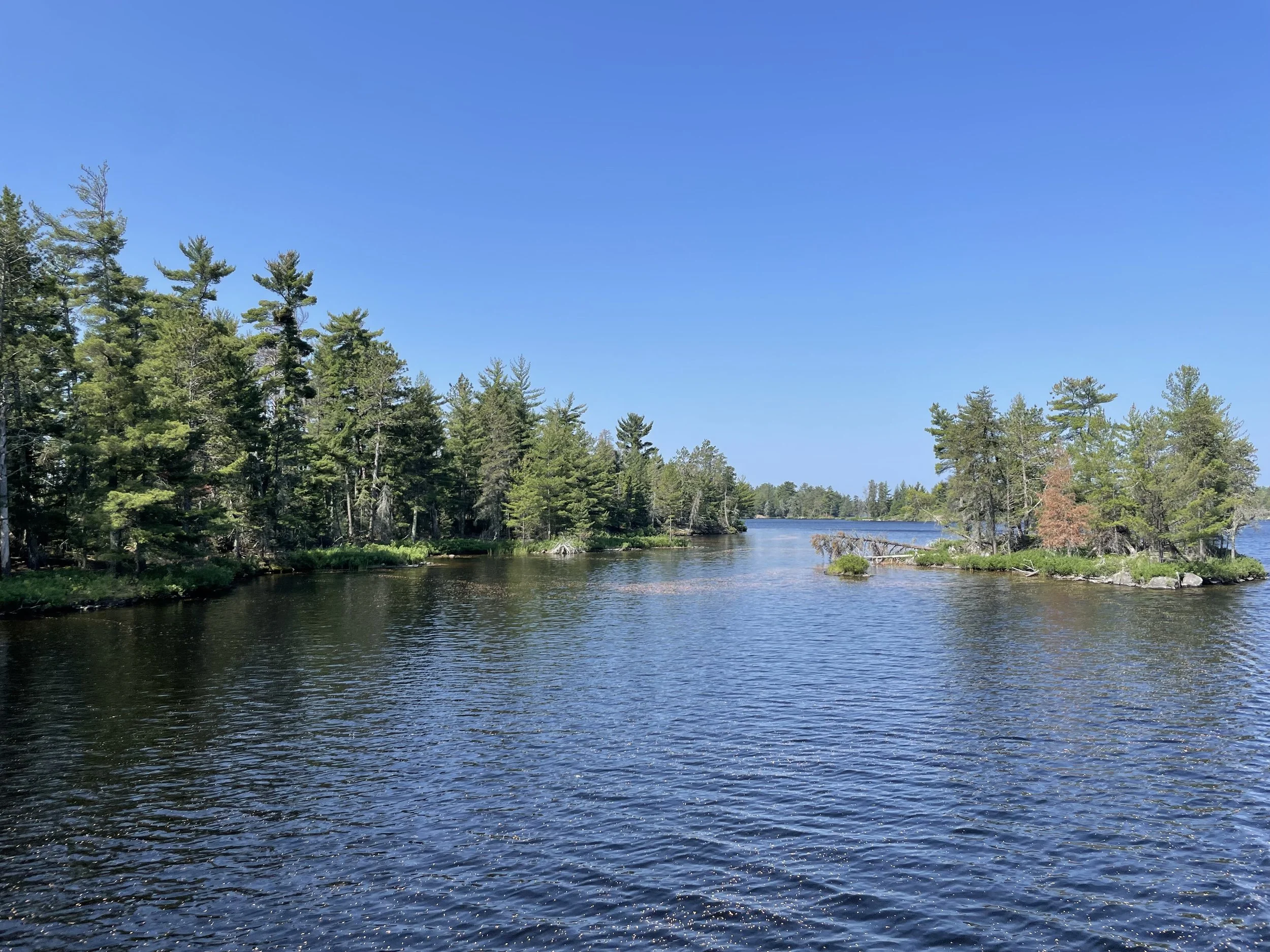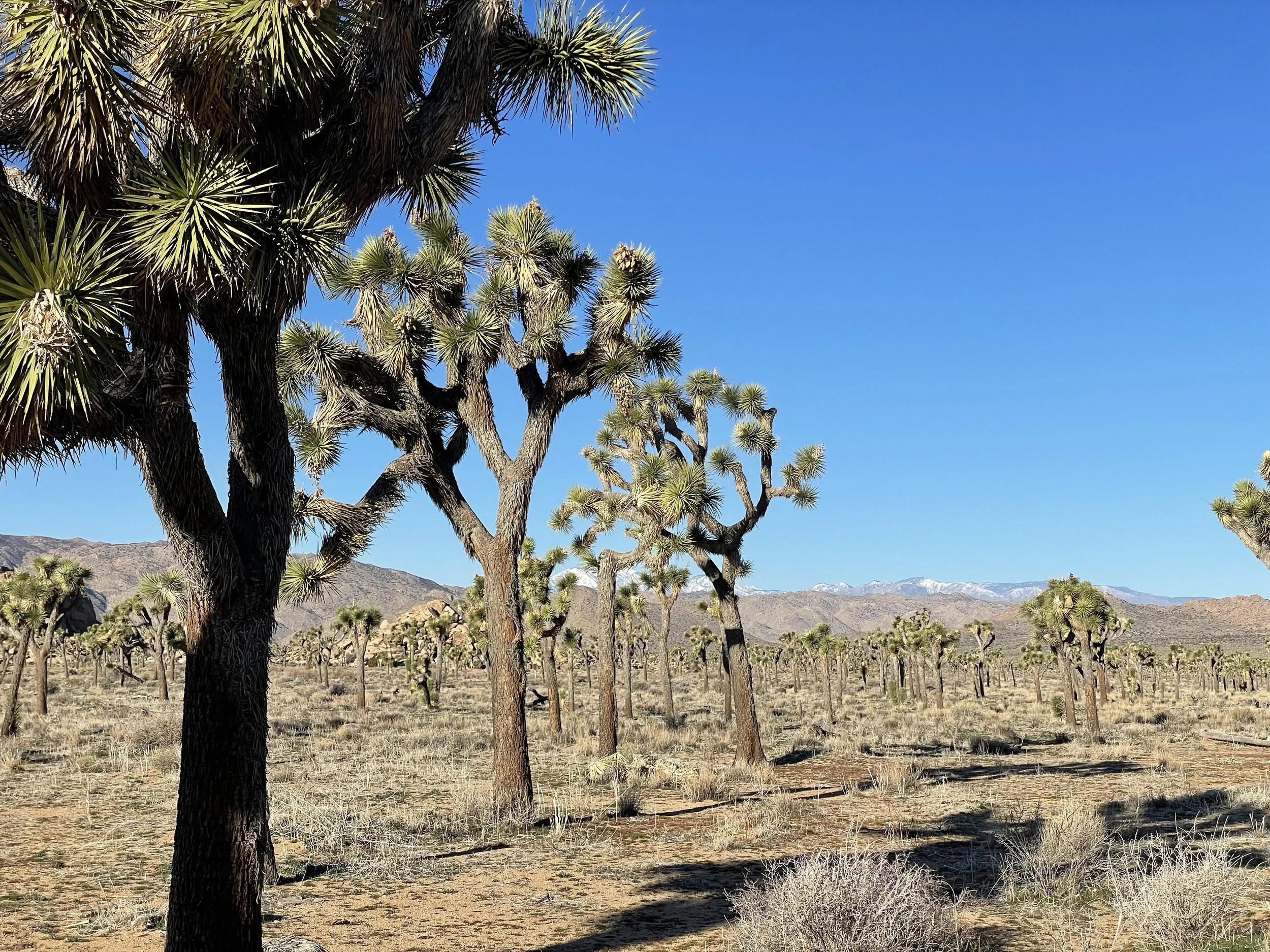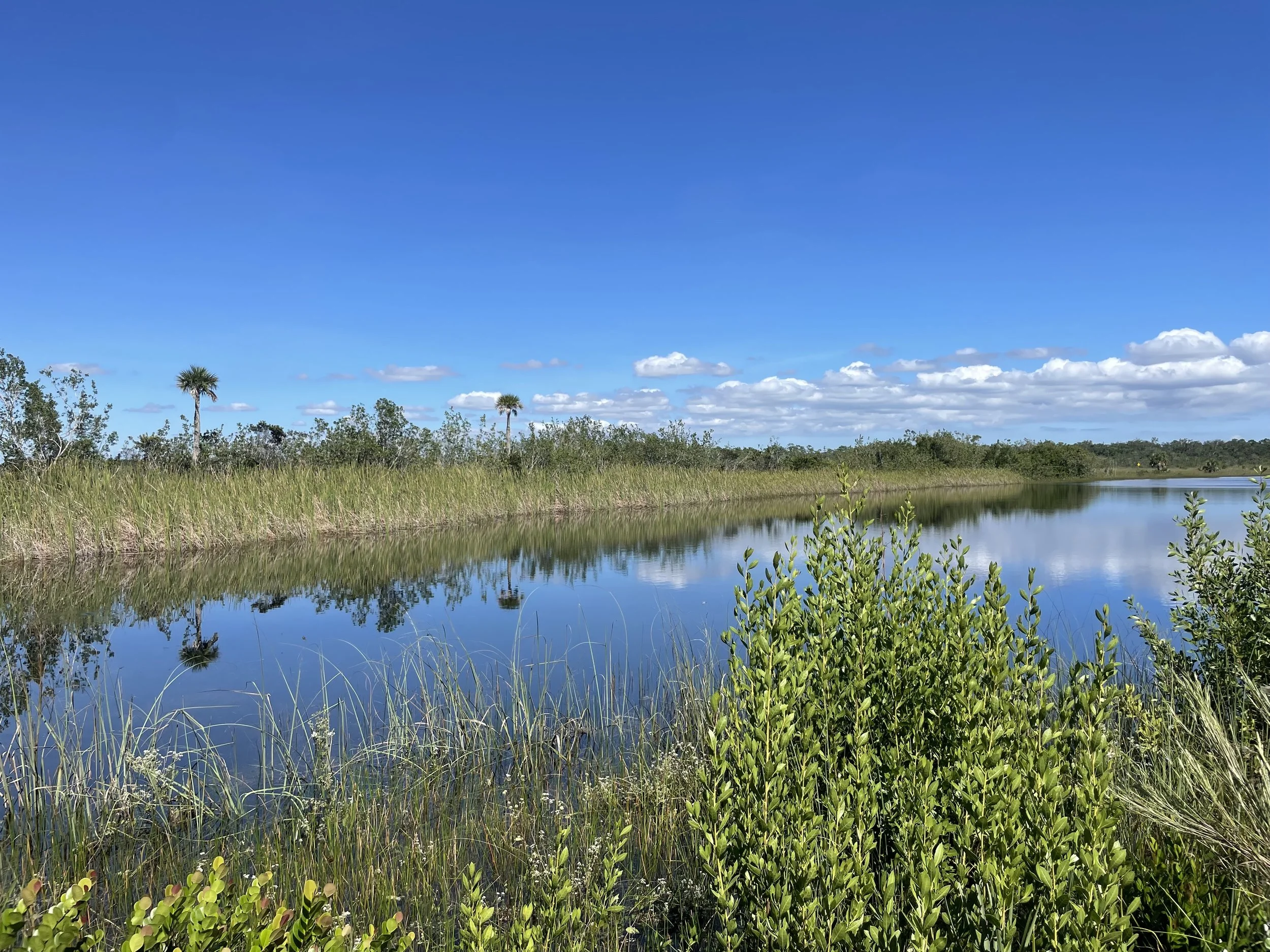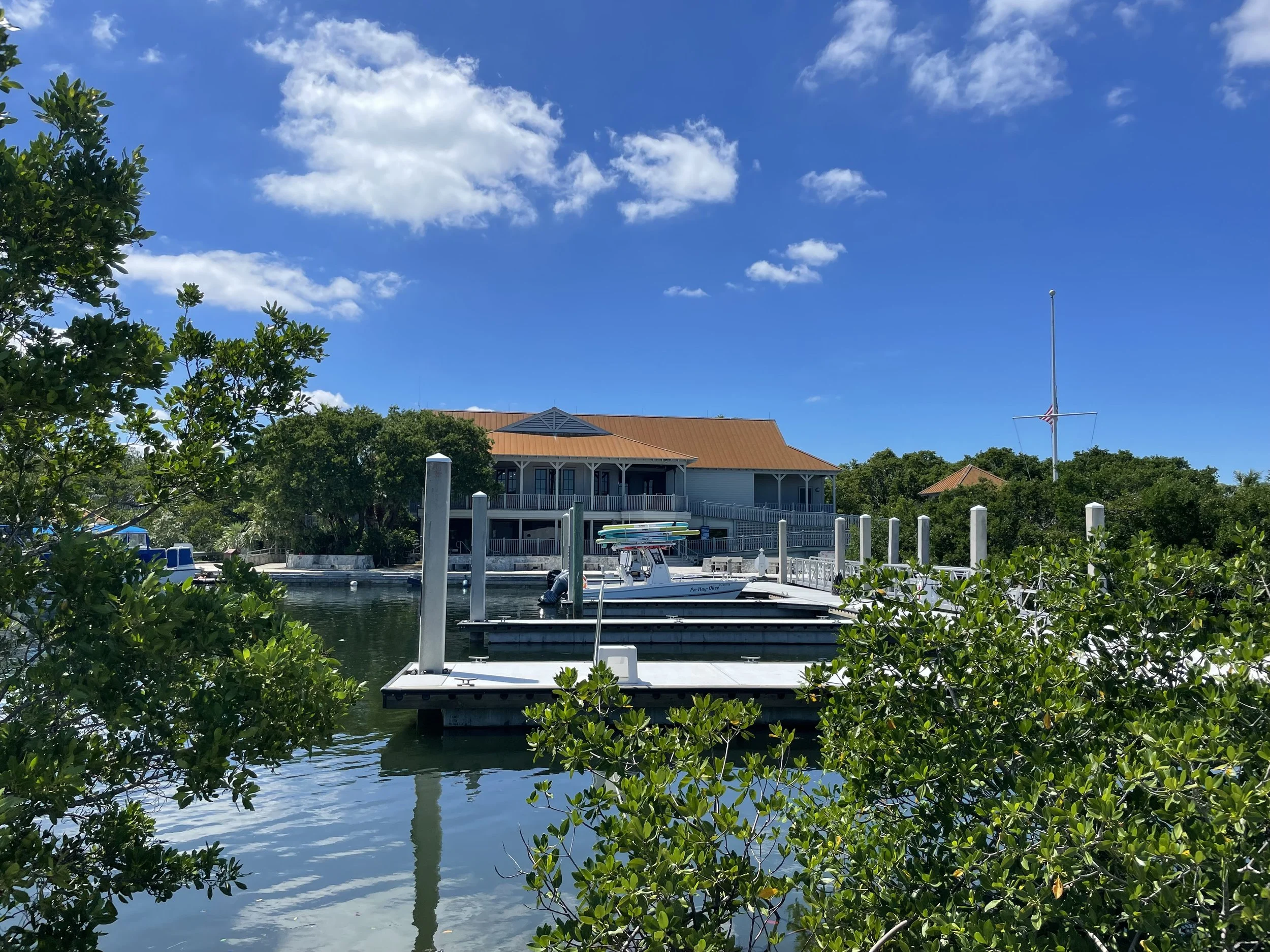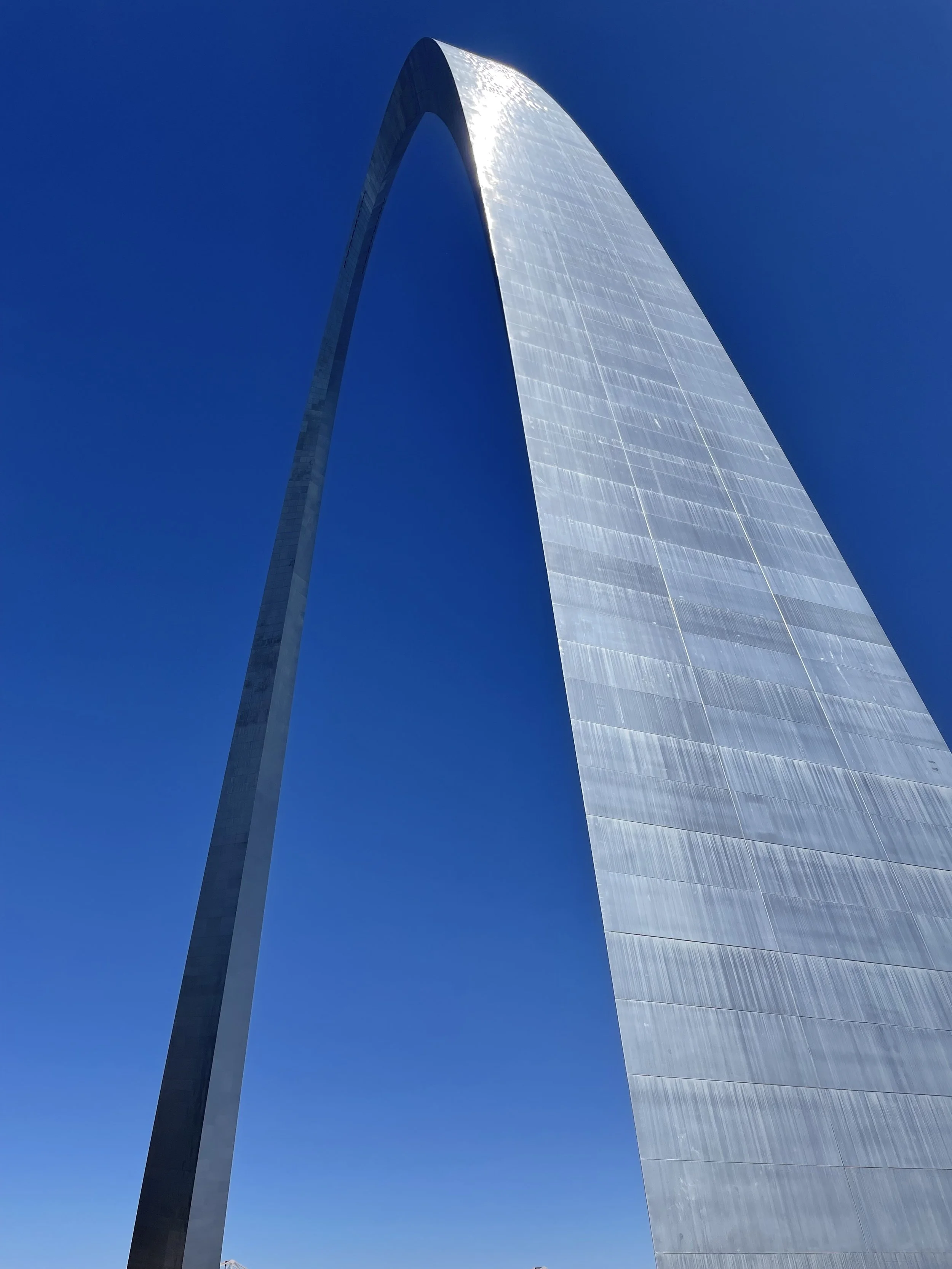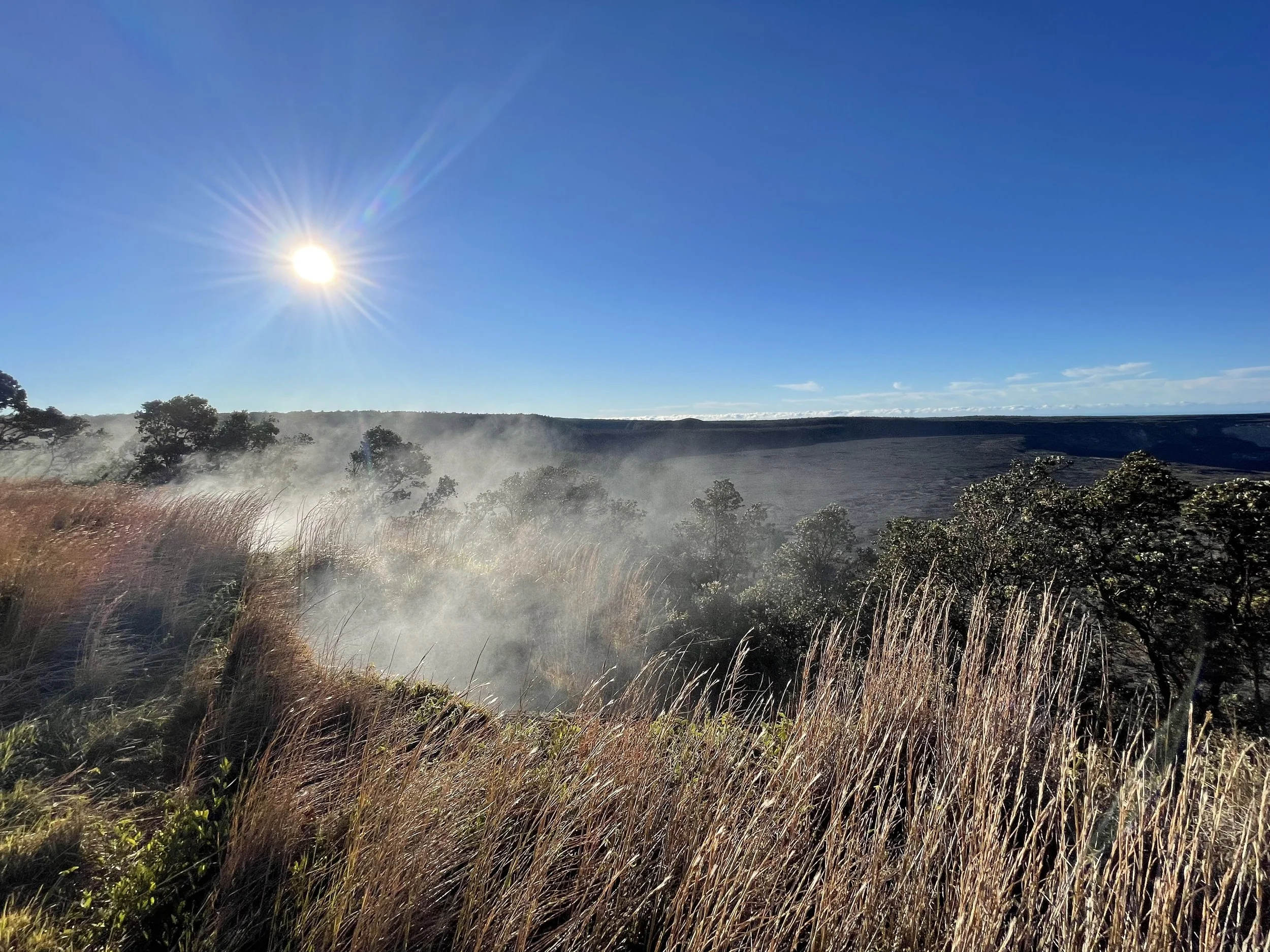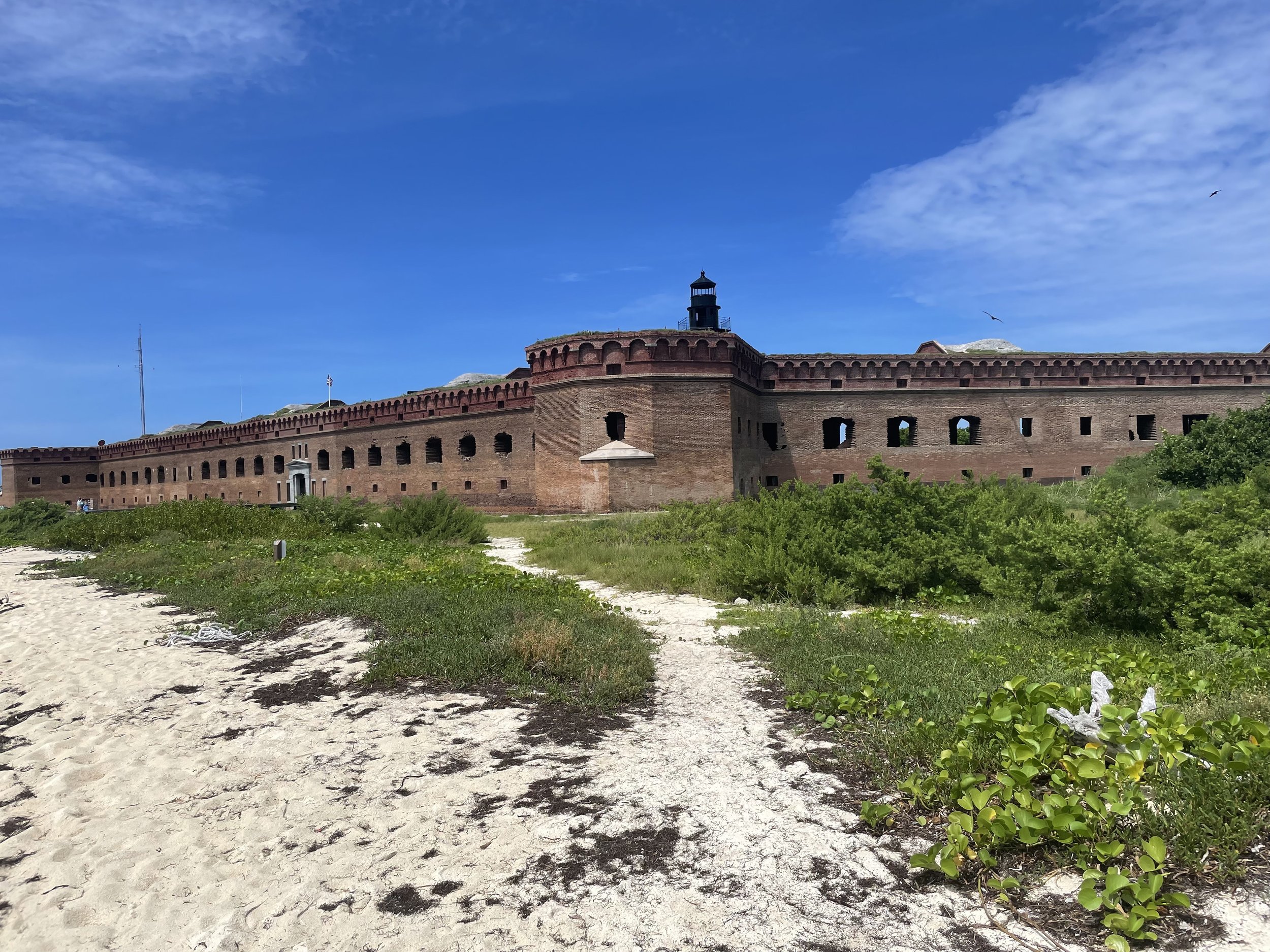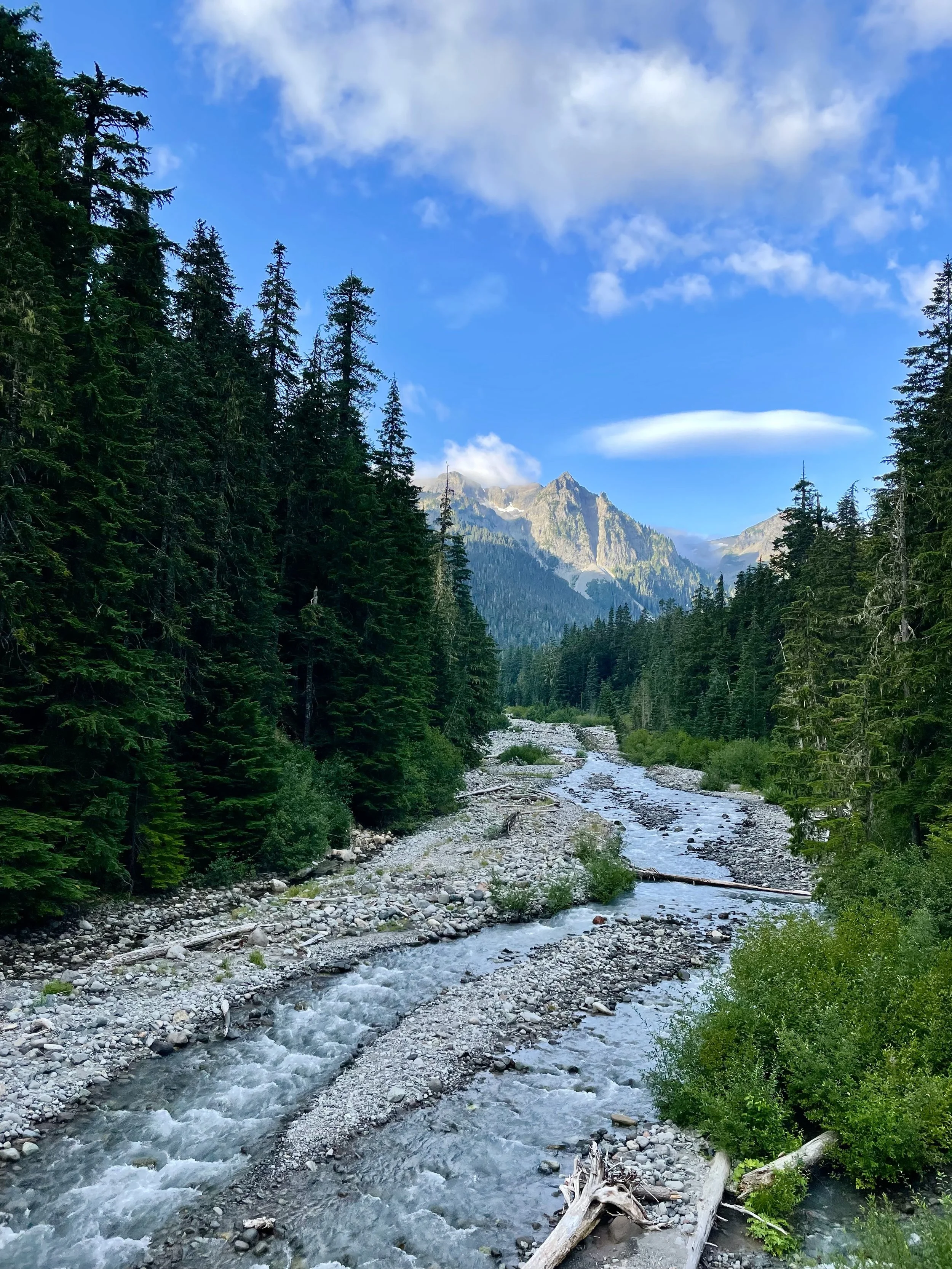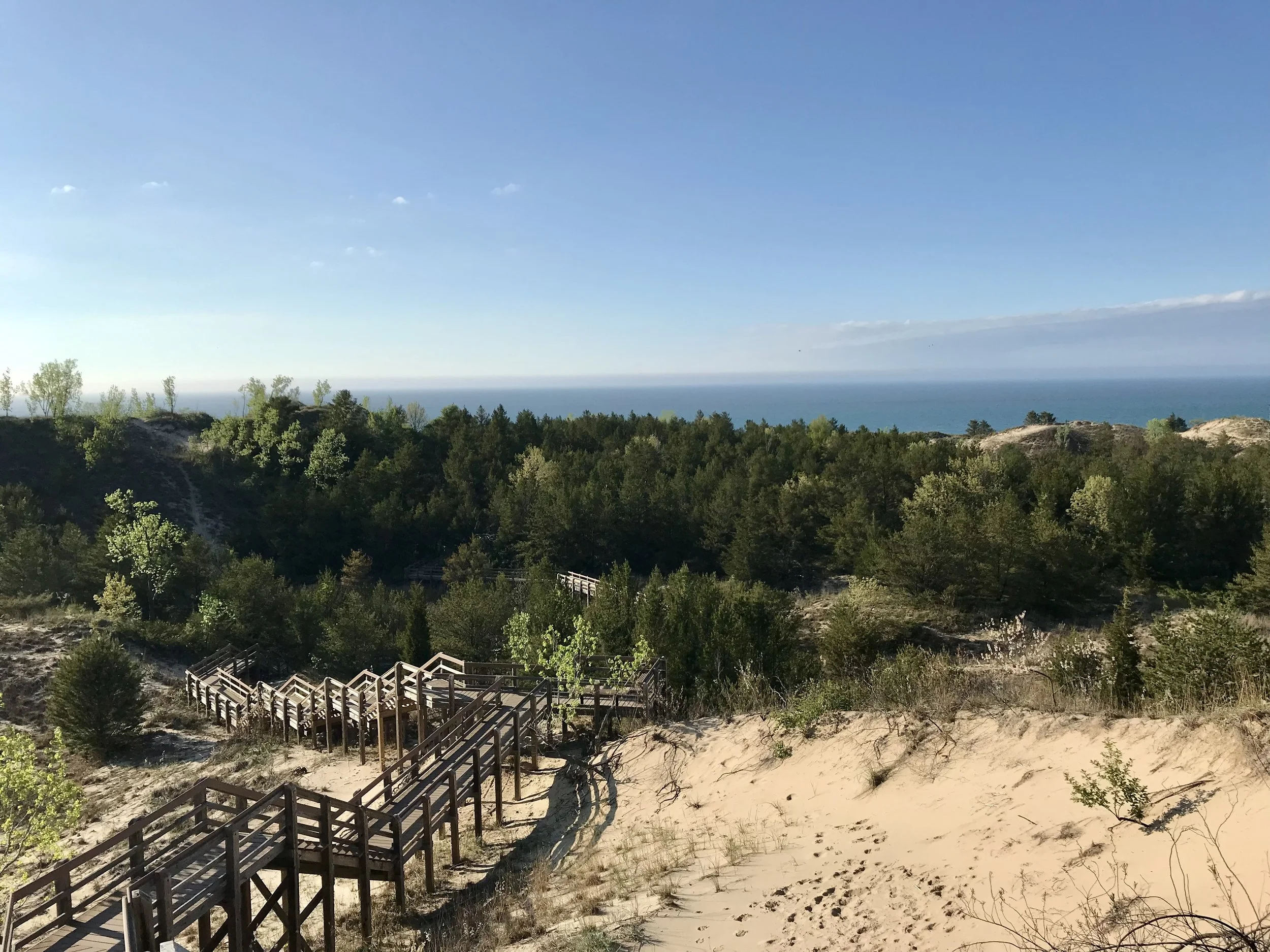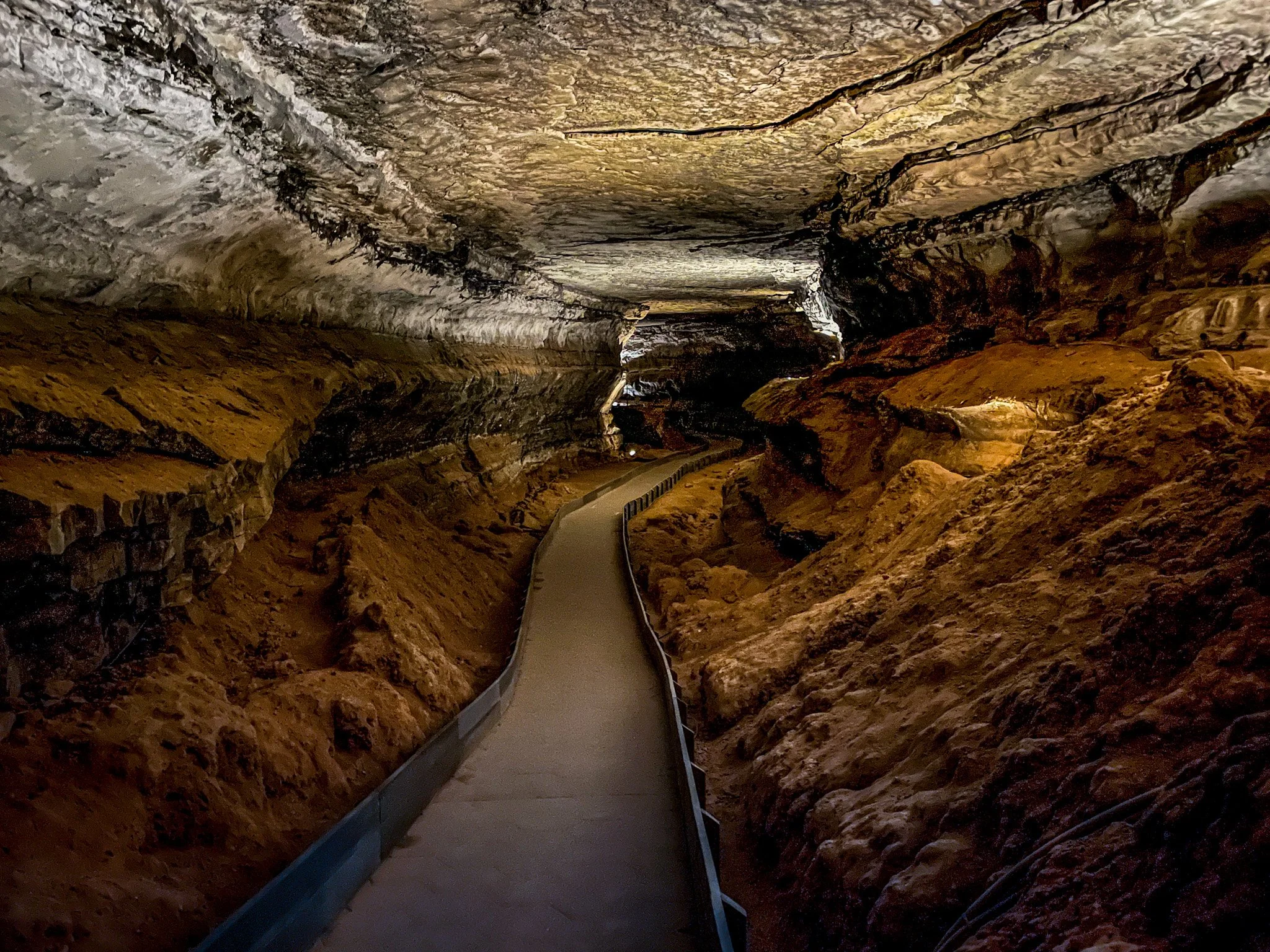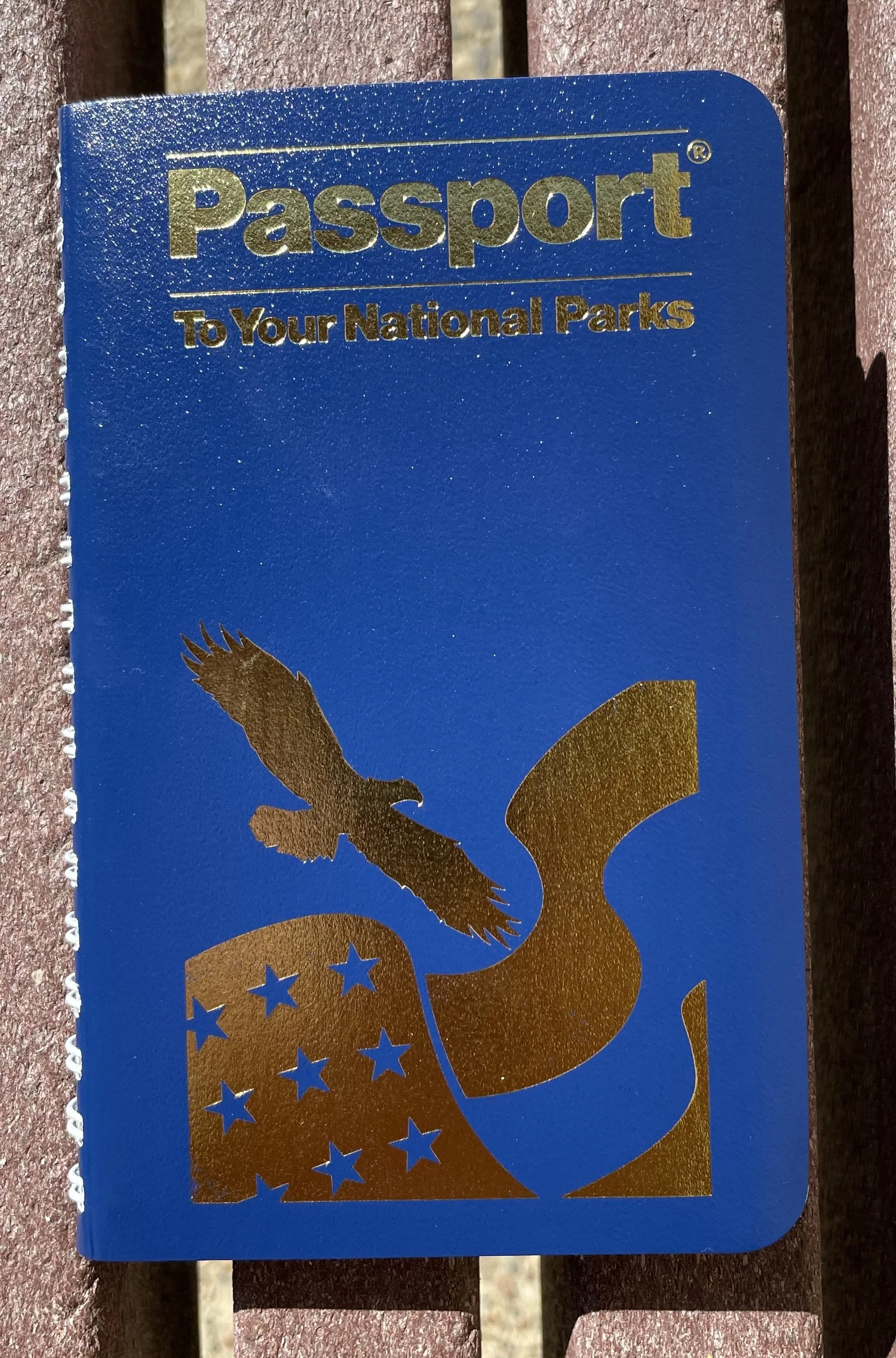#6 Gateway Arch National Park, Missouri
Gateway Arch National Park, located in the heart of St. Louis, Missouri, is an iconic symbol of America's westward expansion and the nation's pioneering spirit. As one of the few national parks located in an urban area, it combines natural beauty with historical significance, offering visitors a unique chance to connect with America's past while enjoying the sights and sounds of the present.
At the heart of the park stands the stunning Gateway Arch, a 630-foot stainless steel monument that holds the title of the tallest arch in the world. This architectural marvel is a tribute to the exploration, migration, and settlement of the American frontier, marking the Gateway to the West.
Scenic Trails and Walking Paths
The park offers more than just a view of the Arch. The surrounding grounds feature lush green spaces and scenic walking paths that lead visitors through tranquil areas with beautiful views of the Arch and the Mississippi River. Whether you're walking along the riverfront or taking a break in the park's peaceful green areas, there's plenty to enjoy on foot.
Tram Ride to the Top of the Arch
For those looking to experience Gateway Arch from a new perspective, a tram ride to the top is a must-do. The tram takes visitors to the top of the Arch for stunning panoramic views of St. Louis and the mighty Mississippi River. Along the way, you’ll get a brief pre-boarding tour that shares fascinating details about the history of the Arch and the city.
The tram ride itself lasts about 45 to 60 minutes, and ticket prices vary depending on the time of your visit:
Adult: $15 - $19
Child (ages 3–15): $11 - $15
America the Beautiful Pass holders: $12 - $16
Historical Sites and Museum
The Gateway Arch is more than just a monument; it’s part of a rich historical narrative that spans centuries. The park is home to a museum where visitors can delve into the region’s past, with exhibits about the Lewis and Clark Expedition and the American frontier. Additionally, several national monuments and historic sites surround the Arch, such as the Old Courthouse and the Underground Railroad Freedom Network, offering even more layers of history to explore.
Plan Your Visit
The park grounds and the museum are free to visit, making it an accessible and budget-friendly destination for anyone interested in American history and stunning architecture. Whether you're taking a walk through the park, heading to the top of the Arch, or exploring the museum, Gateway Arch National Park is a must-see for anyone in the St. Louis area.
#5 Hawai'i Volcanos National Park, Hawaii
Hawai’i Volcanoes National Park, situated on the Big Island of Hawaii, is a truly captivating destination that offers an awe-inspiring glimpse into the raw power of Earth’s geology. Nestled within the park’s boundaries are two of the world’s most active volcanoes, Kīlauea and Mauna Loa, providing visitors with an opportunity to witness volcanic activity firsthand. From the steam vents that belch forth hot gases to the mesmerizing flow of molten lava and the awe-inspiring beauty of its craters, the park presents a unique landscape that captivates the senses.
The park’s diverse landscapes range from lush rainforests teeming with life to dramatic, lava fields that stretch as far as the eye can see. This makes it an ideal destination for exploration, offering a variety of activities to suit different interests. Hikers can venture into the hardened lava tubes, while those seeking a more leisurely pace can stroll along the rim of Kīlauea’s caldera. Additionally, visitors can immerse themselves in the unique ecosystems that thrive in this constantly evolving environment, encountering a rich tapestry of flora and fauna.
Beyond its geological wonders, Hawai’i Volcanoes National Park holds deep cultural significance for Native Hawaiians, who have long regarded this land as sacred. The park’s volcanic scenery, eruptions, and rich history offer an opportunity for visitors to learn about the profound connection between the Hawaiian people and their ancestral home.
As of 2023, the entrance fee to the park is $30 per vehicle for a 7-day pass. For individuals on foot or by bicycle, the fee is $15 per person for a 7-day pass. Additionally, the National Park Service offers an annual pass for the park at $55. Furthermore, if you possess a National Park Pass (America the Beautiful Pass), you can enter the park for free, as it covers all national park entrance fees. However, it’s important to reference the official website for any updates or changes in the fee structure. https://www.nps.gov/havo/index.htm
#4 Dry Tortugas National Park, Florida
Dry Tortugas National Park is a remote and enchanting paradise located about 70 miles west of Key West, Florida, and can only be reached by boat or seaplane. If you have a National Park Pass, don’t forget to bring it—there’s a discount on the ferry ride! The Yankee Freedom, operated by the National Park Service, is a high-speed catamaran that departs daily from Key West. The ferry ride is a pleasant 2.5-hour journey, making the trip to the islands an enjoyable experience.
The park consists of seven small islands, with Garden Key being the standout, home to the historic Fort Jefferson—a massive 19th-century coastal fortress.
The surrounding waters are a treasure trove of marine life, making Dry Tortugas a perfect spot for snorkeling, diving, and birdwatching. Shipwrecks lie beneath the azure depths, while the shores serve as nesting grounds for seabirds. Whether you’re drawn to the fort’s fascinating history, captivated by the vibrant underwater world, or just seeking peace on a secluded beach, Dry Tortugas offers a wonderful mix of natural beauty and cultural heritage.
A few things to keep in mind: There are no bathrooms at Fort Jefferson! However, there are toilets available on the ferry for use during the trip.
As for the name “Dry Tortugas,” it comes from a mix of Spanish and the natural features of the park. The word “Tortugas” means “turtles” in Spanish, referring to the sea turtles early explorers found in abundance around the islands. The “Dry” part refers to the lack of fresh water on the islands, making them “dry” compared to other, more fertile places. So, “Dry Tortugas” basically means “dry turtles,” a nod to both the sea turtles and the absence of fresh water on the islands.
# 3 Mount Rainier National Park, Washington
In August 2021, I visited Mount Rainier National Park in Washington State, during the height of the COVID pandemic. The park, renowned for its iconic snow-capped peak, Mount Rainier, was surprisingly less crowded. The usual long lines at the entry gate and the sight of cars on the road were a fraction of what they normally are.
Mount Rainier National Park is a breathtaking destination, centered around the majestic Mount Rainier. Standing tall at 14,411 feet, it is the tallest mountain in Washington and a prominent feature of the landscape, visible from miles away. The park encompasses a diverse range of ecosystems, including lush old-growth forests, alpine meadows, glaciers, and rugged volcanic terrain.
With over 260 miles of hiking trails, visitors can embark on various adventures. Some trails lead to breathtaking viewpoints, cascading waterfalls, or wildflower-filled meadows, while others offer panoramic vistas from high altitudes. Mount Rainier is also home to a rich variety of wildlife, including black bears, elk, and mountain goats, making it a haven for nature enthusiasts.
Whether you seek challenging hikes, scenic drives, or simply immerse yourself in the peaceful surroundings, Mount Rainier National Park offers an awe-inspiring experience that perfectly captures the wild beauty of the Pacific Northwest.
# 2 Indiana Dunes National Park, Indiana
Indiana Dunes National Park, located along the southern shore of Lake Michigan, is a stunning blend of natural beauty, diverse ecosystems, and rich cultural history. Stretching across 15,000 acres, the park features a striking combination of towering sand dunes, lush forests, wetlands, and picturesque beaches. The iconic Dune Succession Trail offers visitors the chance to climb some of the highest dunes, providing panoramic views of the lake and surrounding landscape. With over 1,100 species of plants and a wide variety of wildlife, Indiana Dunes is a paradise for nature enthusiasts and birdwatchers. The park also holds historical significance, with indigenous cultural sites and a legacy of industrial development in the region. Whether hiking through its varied habitats, relaxing by the lake, or learning about its history, Indiana Dunes National Park is a peaceful retreat that offers something for everyone.
#1 Mammoth Caves National Park, Kentucky
This is where my tour of the US National Parks began.
Mammoth Cave National Park, tucked away in central Kentucky, is an incredible natural treasure and one of the most captivating spots in the United States. As the longest cave system in the world, with over 400 miles of explored passages, it offers a truly one-of-a-kind adventure for visitors. Inside the cave, you’ll discover breathtaking limestone formations, underground rivers, and enormous chambers that have been evolving for millions of years. But the park is more than just the cave itself—it spans over 50,000 acres of lush forests, winding rivers, and diverse wildlife, making it perfect for hiking, kayaking, and camping. The history of Mammoth Cave only adds to its magic, from its early connections with humans to its significance in scientific research and conservation. Whether you're exploring the underground wonders or soaking in the beauty of the landscape above, Mammoth Cave National Park is a place where nature always leaves you in awe.
Visiting the 63 U.S. National Parks
How it began
In May 2021, I visited Mammoth Cave National Park, a moment that would mark the beginning of an unexpected journey. It was here that I bought my first Passport To Your National Parks book, not realizing at the time how much that little book would become a companion in my travels. As the years went by, it would travel with me across the country, through remote corners of the wilderness and bustling cities alike.
Each stamp, represents more than just a place—it’s a memory, an adventure, a mishap, a long road, and a connection to the natural wonders of the United States.
That first stamp at Mammoth Cave sparked the idea of visiting all 63 U.S. National Parks. Along the way I have stopped at not only National Parks but also National Monuments and Historic Sites.
I am looking forward to sharing this journey with you. So lets hit, the road, skies, boats and rails. America the Beautiful is waiting.

